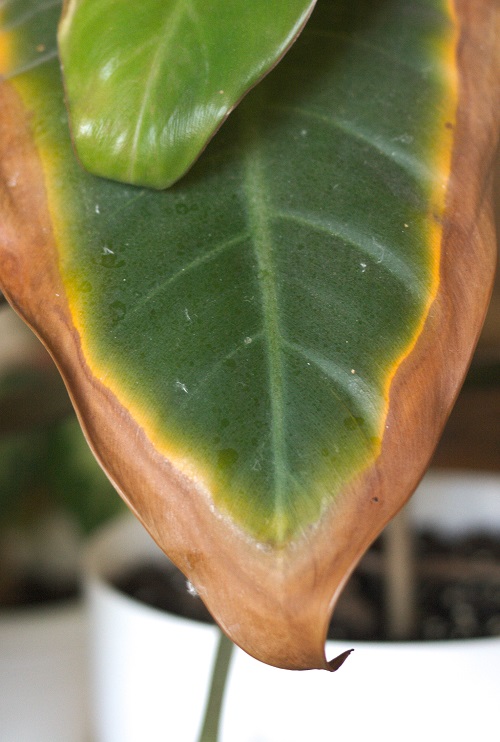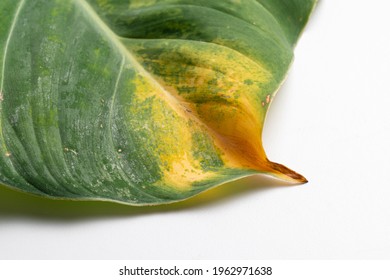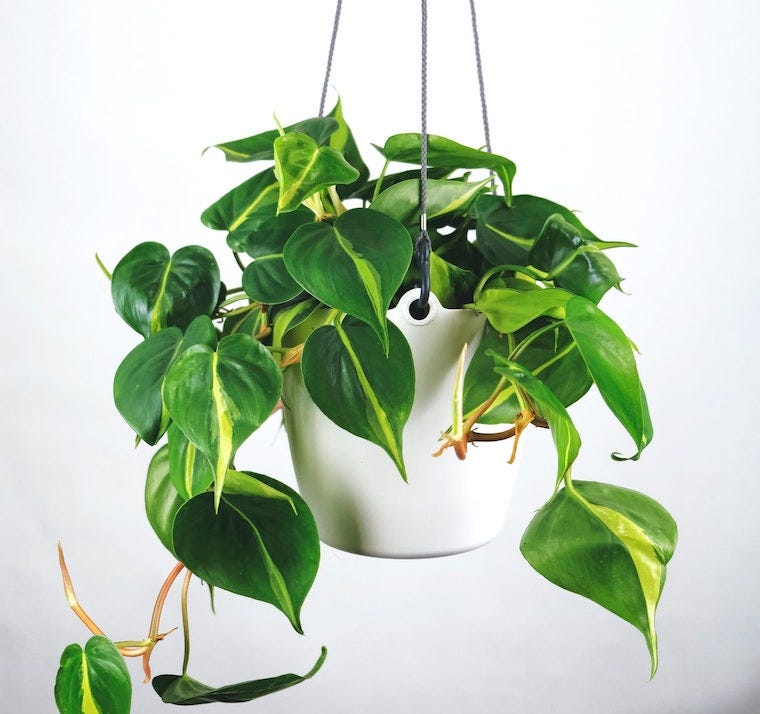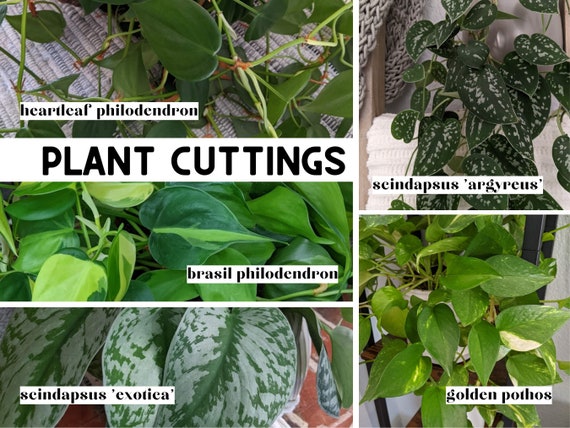Addressing Brown Tips on Philodendron
Philodendron plants, with their lush and vibrant foliage, are a popular choice among gardeners. However, brown tips on philodendron leaves can cause concern. Understanding the causes and how to manage watering can help in maintaining your plant’s health.
Understanding the Causes
Philodendron leaves turning brown at the tips can stem from several factors. The primary reasons include:
-
Improper Watering: Both overwatering and underwatering can lead to brown tips. When the plant doesn’t receive enough water, the tips can turn brown due to dehydration. Conversely, excess water can cause root rot, leading to browning (Lively Root).
-
Low Humidity Levels: Philodendrons thrive in medium to high humidity. Low humidity can cause the leaf tips to dry out and turn brown.
-
Incorrect Lighting: Direct sunlight can scorch the leaves, resulting in brown tips. Philodendrons prefer bright, indirect light (Lively Root).
-
Temperature Extremes: Exposure to extreme temperatures, especially hot conditions, can lead to browning of the leaf tips (Lively Root).
-
Nutrient Deficiency: Lack of essential nutrients can also cause the tips of the leaves to turn brown.
Tips for Proper Watering
Watering your philodendron properly is vital to prevent brown tips. Follow these guidelines:
-
Watering Frequency: Water your philodendron when the top 1-2 inches of soil feel dry to the touch. Overwatering can suffocate the roots and lead to root rot.
-
Drainage: Ensure your pot has drainage holes to prevent water from accumulating at the bottom. This helps in avoiding waterlogged soil.
-
Water Quality: Use filtered or distilled water if possible. Tap water containing chlorine can damage the leaves (Lively Root).
-
Humidity: Increase humidity levels by misting the leaves regularly or using a humidity tray. Grouping plants together can also help maintain higher humidity levels. For more on maintaining proper humidity, check out our detailed guide on philodendron plant humidity.
Here is a table summarizing the main causes and solutions for brown tips on philodendron leaves:
| Cause | Solution |
|---|---|
| Improper Watering | Water when the top 1-2 inches of soil are dry; ensure good drainage |
| Low Humidity | Mist leaves; use a humidity tray; group plants together |
| Incorrect Lighting | Place in bright, indirect light |
| Temperature Extremes | Keep away from direct sunlight and heat sources |
| Nutrient Deficiency | Use a balanced fertilizer |
Addressing these factors can mitigate the issue of brown tips on your philodendron. For further assistance on this, see our section on philodendron plant care and other philodendron plant issues.
Maintaining Ideal Plant Environment
Creating the perfect environment is essential for the health and vitality of your philodendron. Two important factors to consider are humidity levels and light exposure.
Importance of Humidity Levels
Maintaining appropriate humidity levels is crucial to prevent brown, crispy tips on your philodendron. Relative humidity refers to the percentage of moisture in the air compared to the maximum amount the air can hold at a specific temperature. For philodendrons, maintaining humidity levels between 40-60% is ideal (Known Garden). If the air in your home becomes too dry, especially during the winter months, it may cause the tips of your plant’s leaves to turn brown.
| Humidity Level | Effect on Philodendron |
|---|---|
| Below 40% | Increased likelihood of brown tips |
| 40-60% | Ideal for healthy growth |
| Above 60% | Risk of fungal issues |
To ensure proper humidity:
- Use a humidifier to maintain consistent humidity levels.
- Place a tray with water and pebbles near your plant.
- Group plants together to create a more humid microenvironment.
- Mist the leaves regularly.
For more in-depth guidance on maintaining humidity for your plant, visit our article on philodendron plant humidity.
Impact of Light Exposure
Philodendrons thrive in indirect light. Excessive direct sunlight can lead to leaf scorch and brown tips. However, insufficient light can cause your plant to become leggy and lose its vibrant color.
| Light Type | Effect on Philodendron |
|---|---|
| Direct Sunlight | Leaf scorch, brown tips |
| Bright Indirect Light | Optimal growth |
| Low Light | Leggy growth, reduced vibrancy |
To manage light exposure:
- Place your philodendron near an east-facing window with filtered light.
- Use sheer curtains to diffuse direct sunlight.
- Avoid placing your plant in areas with too much shade.
For additional tips on optimal light conditions, visit our article about philodendron plant care outdoors.
By maintaining the right humidity and light levels, you can prevent common issues such as brown leaf tips and drooping leaves, ensuring your philodendron remains healthy and vibrant.
Combatting Common Leaf Issues
Dealing with Nutrient Deficiencies
Nutrient deficiencies in your Philodendron can contribute to the development of brown tips on the leaves. Nitrogen deficiency, for example, manifests as yellowing leaves with brown spots, especially on older foliage. This lack of nitrogen impacts the overall health and vibrancy of your plant, making it crucial to address the imbalance quickly.
To deal with nutrient deficiencies:
- Use a balanced fertilizer to supplement the nitrogen levels in your Philodendron.
- Follow the recommended dosage and schedule to avoid over-fertilization, which can further damage the plant.
| Deficiency Type | Symptoms | Solution |
|---|---|---|
| Nitrogen | Yellowing leaves with brown spots | Apply balanced fertilizer |
| Phosphorus | Purple or dark green leaves | Use phosphorus-rich fertilizer |
| Potassium | Edge browning on leaves | Increase potassium supply |
For further information on related issues, you can explore our articles on philodendron plant leaves turning yellow and philodendron plant brown leaves.
Handling Pest Infestations
Pest infestations are another common reason for brown tips on Philodendron leaves. Spider mites and aphids are notorious for causing damage by sucking the sap from the leaves, leading to discoloration and brown spots.
To handle pest infestations:
- Inspect your plant regularly for signs of pests like spider mites and aphids.
- Use insecticidal soap or neem oil to treat infestations.
- Introduce beneficial insects like ladybugs to control pest populations naturally.
| Pest Type | Signs of Infestation | Treatment |
|---|---|---|
| Spider Mites | Tiny webbing on leaves | Insecticidal soap or neem oil |
| Aphids | Sticky residue on leaves | Insecticidal soap or beneficial insects |
| Mealybugs | White cotton-like spots | Alcohol swabs or neem oil |
More information about dealing with specific pests can be found in our article on philodendron plant diseases.
Proper care and attention to these common issues can help you maintain the health and beauty of your Philodendron. For related topics and advanced tips, check out our guides on philodendron plant how often to water and philodendron plant humidity.




